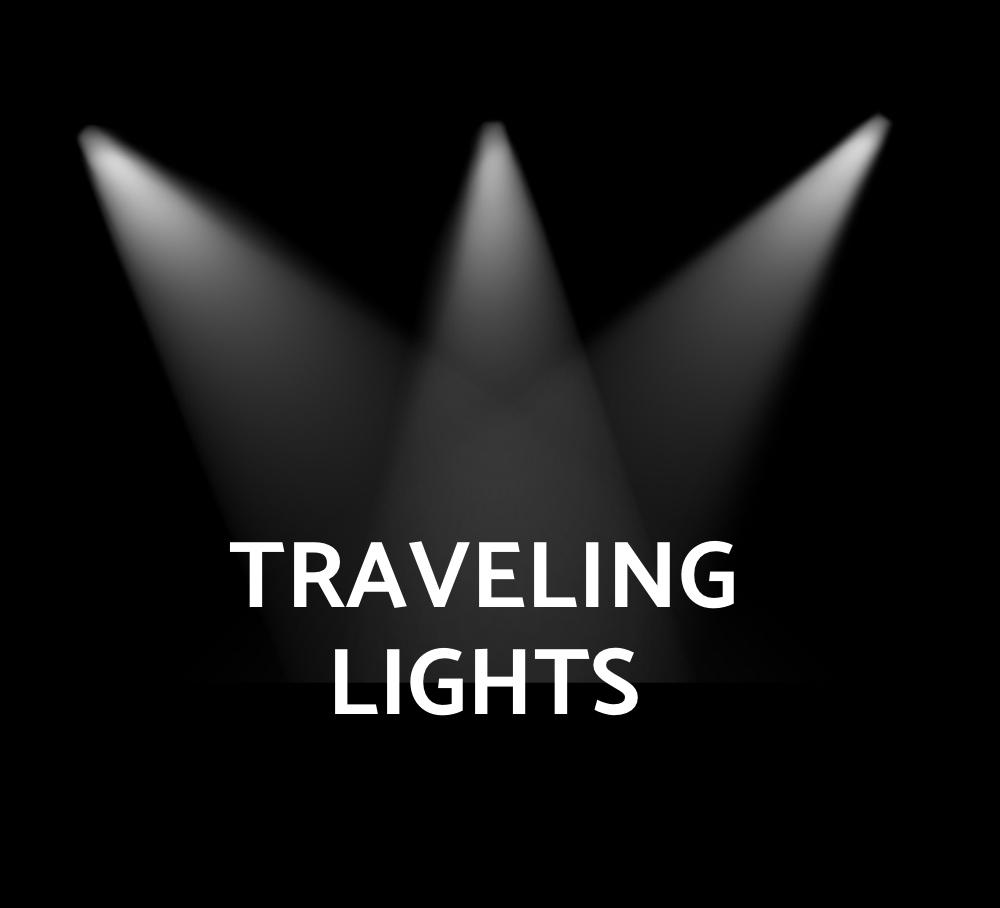How to Plan a Trip to Morocco

Morocco is a captivating country with a blend of ancient traditions, vibrant cultures, and stunning landscapes. From the bustling souks of Marrakech to the serene dunes of the Sahara, Morocco offers a diverse range of experiences. Here’s a detailed itinerary to explore the best vacation spots in Morocco, promising an unforgettable adventure.
Morocco Trip Itinerary
Day 1-2: Arrival in Marrakech
Stay: Riad Kniza or La Mamounia
Jemaa el-Fnaa: Dive into the lively atmosphere of Marrakech's main square, filled with food stalls, musicians, and snake charmers.
Koutoubia Mosque: Admire the largest mosque in Marrakech, known for its stunning minaret visible from miles away.
Majorelle Garden: Wander through the beautiful gardens designed by French painter Jacques Majorelle, now owned by Yves Saint Laurent.
Day 3-4: Essaouira
Stay: Riad Chbanate or Heure Bleue Palais
Medina of Essaouira: Explore the charming, UNESCO-listed medina, known for its white-washed buildings and blue shutters.
Essaouira Beach: Relax on the windswept beach, popular for kite surfing and windsurfing.
Skala de la Ville: Walk along the ramparts for panoramic views of the Atlantic Ocean and the city's historic fortifications.
Day 5-6: Casablanca and Rabat
Stay in Casablanca: Four Seasons Hotel Casablanca
Hassan II Mosque (Casablanca): Visit one of the largest mosques in the world, featuring a stunning location on the Atlantic coast.
Corniche (Casablanca): Stroll along the waterfront promenade lined with cafes and restaurants.
Stay in Rabat: Riad Zyo
Kasbah of the Udayas: Explore this picturesque fortress with its narrow alleys and Andalusian gardens.
Hassan Tower: Visit the unfinished minaret and the nearby Mausoleum of Mohammed V.
Day 7-8: Chefchaouen
Stay: Riad Cherifa or Lina Ryad & Spa
The Blue City: Wander through the blue-painted streets of Chefchaouen, capturing beautiful photos of this iconic town.
Ras Elma Park: Relax at this peaceful park, offering scenic views and picnic spots near the waterfall.
Spanish Mosque: Hike to this hilltop mosque for panoramic views of Chefchaouen and the surrounding mountains.
Day 9-10: Fes
Stay: Riad Fes or Palais Amani
Fes el-Bali (Old Medina): Get lost in one of the world’s largest, most well-preserved medieval cities, with its bustling souks and historic sites.
Al Quaraouiyine University: Visit one of the oldest universities in the world, known for its impressive architecture.
Bou Inania Madrasa: Explore this beautiful 14th-century Islamic school with intricate decorations and a serene courtyard.
Day 11-13: Merzouga and the Sahara Desert
Stay: Luxury desert camp (e.g., Desert Luxury Camp)
Camel Trekking: Embark on a camel trek across the mesmerizing dunes of the Sahara Desert, experiencing a sunset like no other.
Desert Camp: Spend a night under the stars in a traditional Berber camp, enjoying local music and cuisine.
Erg Chebbi Dunes: Explore the towering sand dunes, perfect for sandboarding and capturing stunning photographs.
Day 14-15: Ouarzazate and Ait Benhaddou
Stay: Dar Ahlam or Le Temple des Arts
Ait Benhaddou: Visit this UNESCO World Heritage site, a fortified village known for its stunning kasbahs and as a filming location for many movies.
Taourirt Kasbah: Explore this historic kasbah in Ouarzazate, once a residence of the Glaoui family.
Day 16-17: High Atlas Mountains
Stay: Kasbah Tamadot or Riad Jnane Imlil
Toubkal National Park: Hike through the beautiful landscapes of the Atlas Mountains, home to the highest peak in North Africa.
Berber Villages: Experience the hospitality and traditional lifestyle of the Berber people in the charming mountain villages.
Day 18: Return to Marrakech
Relaxation: Enjoy a leisurely day exploring more of Marrakech or shopping for souvenirs before your departure.
Travel Tips for Morocco
Best Time to Visit: The ideal time to visit Morocco is during spring (March to May) and fall (September to November) when the weather is mild and pleasant.
Currency: Moroccan Dirham (MAD). It’s advisable to have some cash for smaller markets and rural areas.
Language: Arabic and Berber are the official languages, but French is widely spoken, especially in cities.
Cultural Etiquette: Dress modestly, especially when visiting religious sites, and always ask for permission before taking photos of people.
This itinerary provides a comprehensive journey through Morocco's diverse landscapes and cultures, offering a perfect blend of adventure, relaxation, and cultural exploration. Let me know if you need any help with bookings or additional details for your trip!
Morocco Trip Itinerary
Day 1-2: Arrival in Marrakech
Stay: Riad Kniza or La Mamounia
Jemaa el-Fnaa: Dive into the lively atmosphere of Marrakech's main square, filled with food stalls, musicians, and snake charmers.
Koutoubia Mosque: Admire the largest mosque in Marrakech, known for its stunning minaret visible from miles away.
Majorelle Garden: Wander through the beautiful gardens designed by French painter Jacques Majorelle, now owned by Yves Saint Laurent.
Day 3-4: Essaouira
Stay: Riad Chbanate or Heure Bleue Palais
Medina of Essaouira: Explore the charming, UNESCO-listed medina, known for its white-washed buildings and blue shutters.
Essaouira Beach: Relax on the windswept beach, popular for kite surfing and windsurfing.
Skala de la Ville: Walk along the ramparts for panoramic views of the Atlantic Ocean and the city's historic fortifications.
Day 5-6: Casablanca and Rabat
Stay in Casablanca: Four Seasons Hotel Casablanca
Hassan II Mosque (Casablanca): Visit one of the largest mosques in the world, featuring a stunning location on the Atlantic coast.
Corniche (Casablanca): Stroll along the waterfront promenade lined with cafes and restaurants.
Stay in Rabat: Riad Zyo
Kasbah of the Udayas: Explore this picturesque fortress with its narrow alleys and Andalusian gardens.
Hassan Tower: Visit the unfinished minaret and the nearby Mausoleum of Mohammed V.
Day 7-8: Chefchaouen
Stay: Riad Cherifa or Lina Ryad & Spa
The Blue City: Wander through the blue-painted streets of Chefchaouen, capturing beautiful photos of this iconic town.
Ras Elma Park: Relax at this peaceful park, offering scenic views and picnic spots near the waterfall.
Spanish Mosque: Hike to this hilltop mosque for panoramic views of Chefchaouen and the surrounding mountains.
Day 9-10: Fes
Stay: Riad Fes or Palais Amani
Fes el-Bali (Old Medina): Get lost in one of the world’s largest, most well-preserved medieval cities, with its bustling souks and historic sites.
Al Quaraouiyine University: Visit one of the oldest universities in the world, known for its impressive architecture.
Bou Inania Madrasa: Explore this beautiful 14th-century Islamic school with intricate decorations and a serene courtyard.
Day 11-13: Merzouga and the Sahara Desert
Stay: Luxury desert camp (e.g., Desert Luxury Camp)
Camel Trekking: Embark on a camel trek across the mesmerizing dunes of the Sahara Desert, experiencing a sunset like no other.
Desert Camp: Spend a night under the stars in a traditional Berber camp, enjoying local music and cuisine.
Erg Chebbi Dunes: Explore the towering sand dunes, perfect for sandboarding and capturing stunning photographs.
Day 14-15: Ouarzazate and Ait Benhaddou
Stay: Dar Ahlam or Le Temple des Arts
Ait Benhaddou: Visit this UNESCO World Heritage site, a fortified village known for its stunning kasbahs and as a filming location for many movies.
Taourirt Kasbah: Explore this historic kasbah in Ouarzazate, once a residence of the Glaoui family.
Day 16-17: High Atlas Mountains
Stay: Kasbah Tamadot or Riad Jnane Imlil
Toubkal National Park: Hike through the beautiful landscapes of the Atlas Mountains, home to the highest peak in North Africa.
Berber Villages: Experience the hospitality and traditional lifestyle of the Berber people in the charming mountain villages.
Day 18: Return to Marrakech
Relaxation: Enjoy a leisurely day exploring more of Marrakech or shopping for souvenirs before your departure.
Travel Tips for Morocco
Best Time to Visit: The ideal time to visit Morocco is during spring (March to May) and fall (September to November) when the weather is mild and pleasant.
Currency: Moroccan Dirham (MAD). It’s advisable to have some cash for smaller markets and rural areas.
Language: Arabic and Berber are the official languages, but French is widely spoken, especially in cities.
Cultural Etiquette: Dress modestly, especially when visiting religious sites, and always ask for permission before taking photos of people.
This itinerary provides a comprehensive journey through Morocco's diverse landscapes and cultures, offering a perfect blend of adventure, relaxation, and cultural exploration. Let me know if you need any help with bookings or additional details for your trip!

